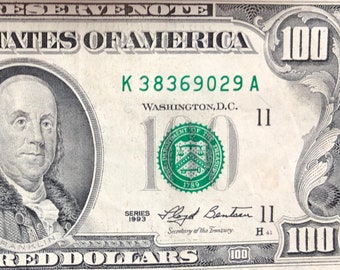
In fact, the individual states issued their own paper money to cover their governmental and military costs. The Congress asked the states to redeem it, but they were floundering financially themselves. Bullion backing for the issues never appeared, however, and this Continental Currency was rapidly devalued. The Continental Congress, the union of former colonies in rebellion against the British monarchy, introduced the first American national paper money in 1775, trying to meet military expenditures. In all cases, they were a financial expedient adopted to cover a lack of funds by promising to “pay later.” By the time of the Revolutionary War, each of the thirteen colonies’ governments had emitted their own currency issues although Great Britain opposed and tried to suppress them. Subsequent military campaigns and other expenses by other Colonies were funded in a similar way.

The Massachusetts Bay Colony financed a military expedition to Canada in 1690 by issuing bills of credit. When paper money was issued in America, it became the first authorized by any government in the Western world.

Only with increasing Federal government control of paper money during and after the Civil War did paper currency gradually come to predominate. False notes as well as genuine notes altered by criminals followed promptly.įrom colonial notes to the much-maligned Continental Currency to the "broken-bank" notes prior to the Civil War, paper money was widely distrusted in early America.

The paper money issued by the Massachusetts Bay Colony in 1690 was the first authorized by any government in the Western world.


 0 kommentar(er)
0 kommentar(er)
